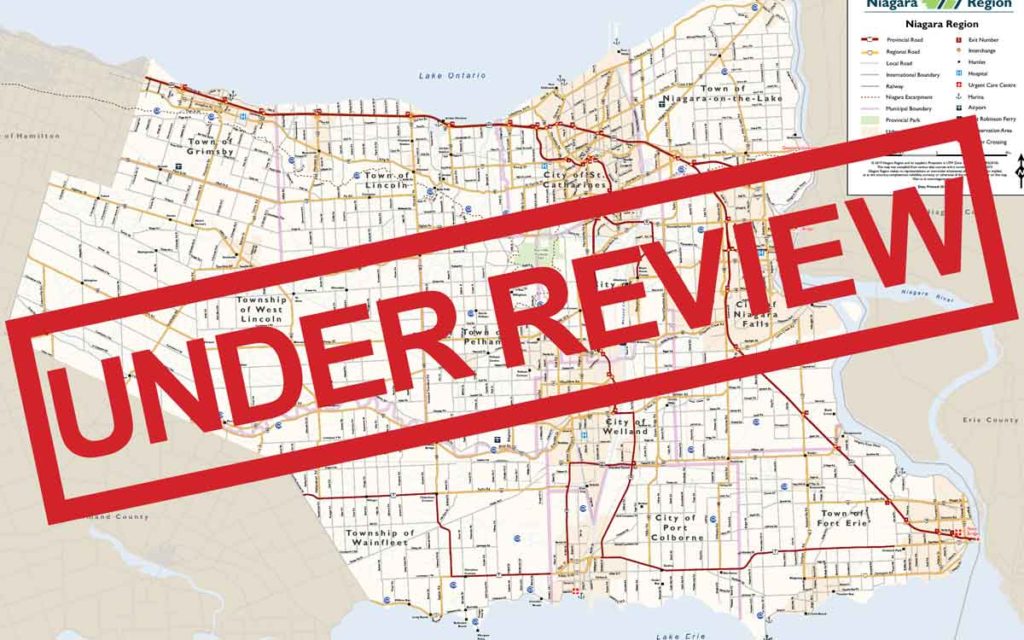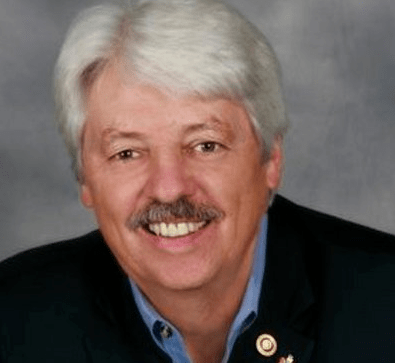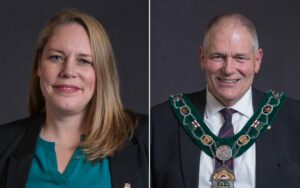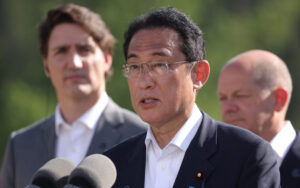
The Berkley report on Regional governance recommends a single tier model that would in theory be more effective and cheaper with fewer politicians, (elected representatives of the people).
The April 2000 report states, “Our conclusion is that a single tier, three or four-city model is the most appropriate longer-term governance model for Niagara.”
There would be no regional government, but the Canal City will act as the consolidated Municipal Services Manager.
Similar options have been offered including three cities with a joint Niagara Police Services Board, Niagara Public Health Board, Niagara Housing Board, a Niagara water and waste water Utility Board, a single Niagara Transit Commission, Roads and Bridges Commission, a Niagara Fire Service, and a Niagara Ambulance/EMS Service Board. The three cities would appoint the board members for each service, utility or commission.
The cities could choose elected representatives or appoint unelected citizens to sit on these agencies and commissions that would serve all three cities. Funding of these agencies would likely be decided in one of two ways. The agency could levy each municipality and the city council has no say, like the NPCA or several public health units around the province. The agency could request a budget from each city like the Niagara Regional Police Services Board and the city council could decide the amount but not the details of the budget. Both options would likely be based on the demand in each of the three cities. They also give the elected representatives much less say in the details of the services delivered by these agencies. There would be less for politicians to argue about in the very public, transparent, council meetings.
This is presented as a simpler single tier model with fewer politicians.
The commissions and boards would appear to offer significantly less transparency and less accountability.
A three city model based on Canal City, River City and west Niagara does have the advantage of bridging the old North Niagara – South Niagara divide, or as some would call it, the old Lincoln County and Welland County division of Niagara.
The business community of Niagara has been asked to respond to surveys offered by the Greater Niagara Chamber of Commerce and the South Niagara Chambers of Commerce. The results will reflect a business perspective but perhaps not the average resident or the average homeowner /taxpayer.
The GNCC survey is closed with 417 responses and the results are available on line. 76 per cent say governance of Niagara needs to be reformed and 77 per cent say the Regional Chair should be elected by citizens. No surprises there.
The survey results indicate 75 per cent would tolerate somewhat or greatly reduced access to elected officials in exchange for a reduction in the number of politicians.
The South Niagara Chambers have not closed their survey yet. It offers the choice of “three or four municipalities, no Region”.
The three cities with shared service boards would arguably bridge the North Niagara – South Niagara division, but the question remains: Would it deliver better services, more transparency and more accountability?
The province has asked for every citizen of Niagara to respond to their survey and consultation by April 23. Niagara needs more than the business community survey results for the province to consider.
Niagara needs a balanced solution that provides offers a reasonable level of democracy, transparency, accountability and effective service delivery.

Bruce Timms represented St. Catharines on Niagara Regional Council from 1991 to 2018. During his near three decades in municipal politics, Timms sat on and chaired numerous committees and boards. A lifelong Niagara resident and proud Rotarian, Timms is a professional engineer and home inspector by trade.




















